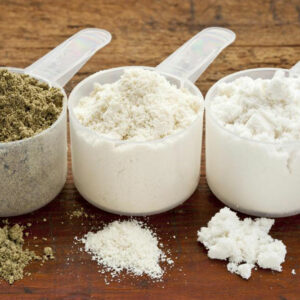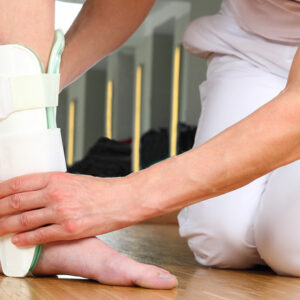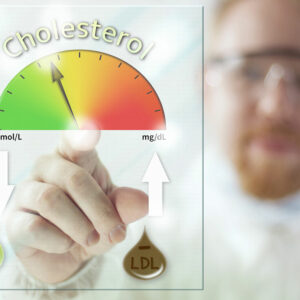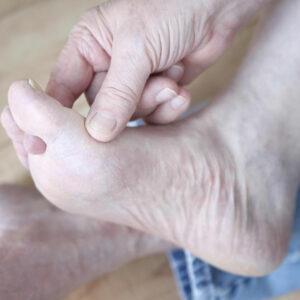
01
Side Effects of Garcinia Cambogia that You Should Know About
Garcinia Cambogia, also known as Malabar Tamarind, Brindleberry, and Kudam Pulli (Pot Tamarind), is native to Indonesia and is a tropical species of Garcinia. The name Garcinia Cambogia is a former scientific name of the same species of fruits. It is also known as Garcinia Gummi-Gutta. It is found and grown in moist forests where the climatic conditions are suitable for its survival. They are found in various color variants such as greenish, yellowish, or reddish pumpkins. In 2012, Mehmet Cengiz Oz, widely known as Dr. Oz, claimed that the Garcinia Cambogia extracts were “an exciting breakthrough in natural weight loss.” The claims were highly scrutinized and the results were that there was no significant scientific evidence to support the claim. In fact, the usage of Garcinia Cambogia resulted in various adverse gastrointestinal conditions, and almost no weight loss at all. The widespread claims and the supplements available in the market are those that are based on the existence of Hydroxycitric Acid (HCA). HCA is said to boost the fat-burning-capacity of the body. The research into this supplement has yielded mixed results. Majority of the positive results were shown from research performed on animals. Not much research has gone into its effect on humans. There isn’t enough research to determine the long-term effects of HCA extracted from Garcinia Cambogia. The Garcinia Cambogia extract might or might not aid in weight loss. It might or might not even work on human bodies. This can be due to the complexity of the human body compared to those of the tested animals. However, what is less known are the Garcinia Cambogia side effects. These side effects can vary from person to person. Here is a list of the Garcinia Cambogia side effects, along with a description of each side effect. Headaches A headache caused by Garcinia Cambogia does not occur in every person.
Read More 










